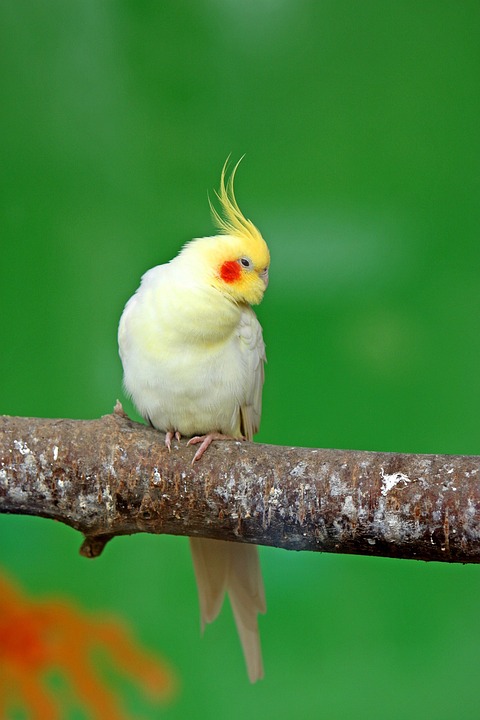Parrots are fascinating creatures that captivate us with their vibrant feathers and ability to mimic human speech. However, understanding their behavior can be a complex task, as it is influenced by various factors, including their environment. In this article, we will explore how parrots respond to environmental changes and provide insights into their behavior.
One of the significant impacts of environmental changes on parrot behavior is their overall well-being. Parrots are highly sensitive to their surroundings, and any changes can significantly affect their behavior. Factors such as temperature, noise levels, and lighting conditions can impact their overall well-being. For instance, sudden loud noises can startle parrots, leading to stress and potential behavior issues.
Another aspect of parrot behavior affected by environmental changes is social interaction. Parrots are social creatures that thrive on interaction with both humans and other birds. Alterations in their environment, such as changes in their living arrangements or the introduction of new individuals, can influence their behavior. Parrots may become withdrawn or exhibit territorial behavior when faced with significant changes in their social environment.
Diet and nutrition also play a crucial role in parrot behavior. The availability and quality of food can greatly affect a parrot’s behavior. Changes in their diet, including the introduction of new foods or a shift in mealtime routines, can lead to behavioral changes. It is crucial to provide a balanced diet to maintain their overall health and prevent any negative behavioral consequences.
Now let’s explore some common parrot behavior responses to environmental changes. Vocalization is a notable behavior that can be influenced by changes in their environment. Parrots may increase or decrease their vocalizations in response to new sounds or stimuli. Understanding the reasons behind these behavioral changes can help parrot owners address any underlying issues or concerns.
Feather plucking is another common behavioral issue observed in parrots, often associated with changes in their environment. Factors such as boredom, stress, or insufficient mental stimulation can trigger this behavior. Identifying and addressing the root cause is crucial to prevent further feather plucking and ensure the parrot’s well-being.
In some cases, parrots may exhibit aggressive behavior when faced with environmental changes that disrupt their sense of security. This can include changes in their cage placement, the presence of unfamiliar individuals, or alterations in their daily routine. Understanding the triggers and implementing positive reinforcement techniques can help manage and reduce aggressive behaviors.
Now, let’s address some frequently asked questions about parrot behavior. One common question is how to help a parrot adjust to a new environment. It is essential to introduce changes gradually, maintain a consistent routine, and provide plenty of mental and physical stimulation. Offering familiar objects and allowing the parrot to explore its new surroundings at its own pace can also help with the adjustment process.
Another frequently asked question is whether some parrot species are more prone to behavior issues than others. While all parrots can develop behavior issues, some species, such as African Greys or Cockatoos, may be more susceptible due to their high intelligence and sensitivity. However, proper care, socialization, and training can help prevent or manage such issues.
Changes in a parrot’s behavior can sometimes indicate underlying health problems. Monitoring your parrot closely and consulting a veterinarian if you notice any concerning changes in behavior, appetite, or overall well-being is essential.
Providing mental stimulation is crucial for a parrot’s well-being. Enrichment activities such as puzzle toys, foraging opportunities, and social interaction can provide mental stimulation. Rotating toys, teaching new tricks, and offering novel experiences can also help keep their minds engaged and prevent boredom.
In conclusion, understanding parrot behavior and how it responds to environmental changes is essential for maintaining their well-being and addressing any potential issues. By considering the impact of changes in their surroundings, providing proper nutrition, social interaction, and mental stimulation, parrot owners can create a harmonious environment that supports their pet’s natural behavior and instincts.









